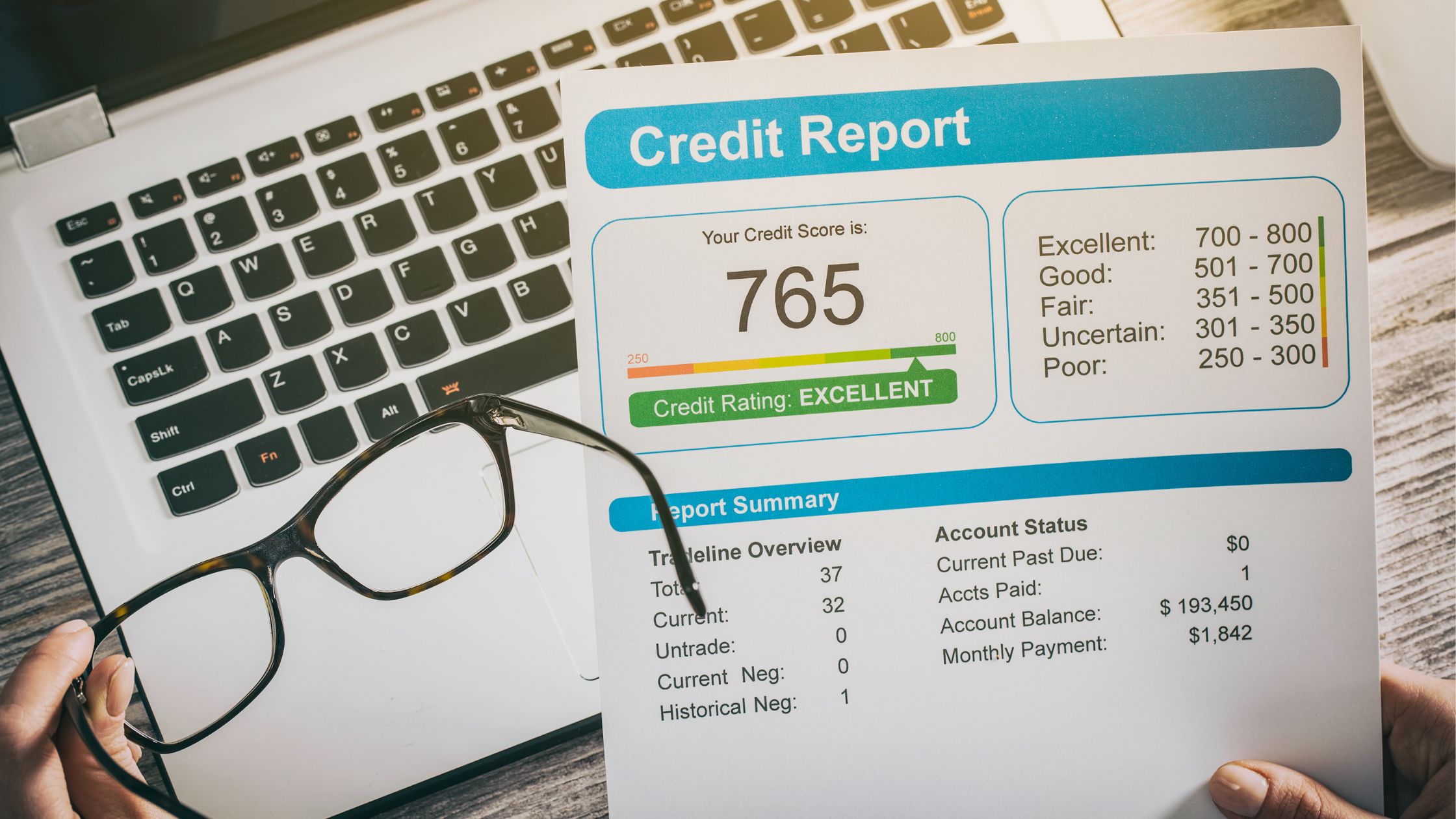In today’s fast-paced world, obtaining a personal loan has become easier than ever, especially with the advent of online lending. Whether you need funds for a medical emergency, home improvement, debt consolidation, or any other personal expense, unsecured personal loans can provide the financial relief you need without the hassle of collateral. This article will guide you through the steps to apply for an unsecured personal loan online in minutes, ensuring you understand the process, the requirements, and tips to secure the best deal.
Understanding Unsecured Personal Loans
Before diving into the application process, it’s essential to understand what an unsecured personal loan is. Unlike secured loans, which require collateral (like a house or car), unsecured loans are not backed by any asset. This means that lenders assess your creditworthiness rather than relying on a physical asset to secure the loan.
Benefits of Unsecured Personal Loans
- Quick Access to Funds: Unsecured loans are often processed faster than secured loans. You can receive your funds in a matter of hours or days, depending on the lender.
- No Collateral Required: You don’t have to risk losing valuable assets, which makes unsecured loans a safer option for many borrowers.
- Flexible Use: You can use the funds for various purposes, including consolidating debt, financing a vacation, or covering unexpected expenses.
- Improving Credit Score: Successfully repaying an unsecured loan can help improve your credit score, demonstrating to lenders that you are a responsible borrower.
Potential Drawbacks
While unsecured personal loans offer several advantages, there are also some drawbacks to consider:
- Higher Interest Rates: Because they are riskier for lenders, unsecured loans generally come with higher interest rates compared to secured loans.
- Credit Score Requirements: Lenders often require a good to excellent credit score for approval, which may limit access for some borrowers.
- Loan Limits: Unsecured loans typically have lower borrowing limits than secured loans, which may not be sufficient for larger expenses.
Preparing to Apply for an Unsecured Personal Loan
Before you begin the application process, there are several preparatory steps you should take to increase your chances of approval and secure a favorable interest rate.
1. Assess Your Financial Situation
Take a close look at your financial health. Consider your current income, expenses, and outstanding debts. This will help you determine how much you need to borrow and your ability to repay the loan.
2. Check Your Credit Score
Your credit score plays a crucial role in the approval process and the interest rates offered. Obtain a free copy of your credit report and check your score. If your score is low, consider taking steps to improve it before applying for a loan.
3. Research Lenders
Not all lenders offer the same terms or interest rates, so it’s essential to shop around. Look for reputable online lenders, credit unions, and banks that provide unsecured personal loans. Pay attention to customer reviews, fees, and the time it takes to process loans.
4. Calculate Your Loan Amount
Decide on the amount you want to borrow. Ensure that it aligns with your needs and repayment capabilities. Consider how this loan will impact your overall financial situation.
5. Gather Necessary Documentation
Lenders typically require specific documents to process your application. These may include:
- Proof of Identity: A government-issued ID (such as a driver’s license or passport).
- Proof of Income: Recent pay stubs, tax returns, or bank statements to verify your income.
- Employment Verification: Contact information for your employer or pay stubs.
- Social Security Number: For identity verification and credit check purposes.
Steps to Apply for an Unsecured Personal Loan Online
Once you’ve completed your preparation, it’s time to apply for your unsecured personal loan. Here’s a step-by-step guide:
Step 1: Choose Your Lender
After researching various lenders, choose one that meets your needs in terms of interest rates, terms, and loan amounts. You can apply through the lender’s website or through an online lending marketplace, which allows you to compare multiple lenders at once.
Step 2: Complete the Online Application Form
Visit the lender’s website and complete the online application form. You’ll need to provide personal information, including:
- Your name, address, and date of birth.
- Employment details (including employer name and job title).
- Income details (monthly or annual income).
- Loan amount requested and purpose of the loan.
Step 3: Submit Required Documentation
Once you’ve filled out the application, you’ll need to upload the required documents. Make sure that all the information is accurate and up-to-date to avoid delays in processing.
Step 4: Review Loan Terms
After submitting your application, the lender will review your information and conduct a credit check. If approved, you’ll receive an offer outlining the loan terms, including the interest rate, repayment period, and any fees. Review these terms carefully before proceeding.
Step 5: Accept the Loan Offer
If you agree to the loan terms, you can accept the offer electronically. This usually involves signing the loan agreement digitally.
Step 6: Receive Your Funds
After accepting the loan, the lender will typically deposit the funds into your bank account. The time frame for receiving your money can vary, but many lenders can provide funds as quickly as the same day or within a few business days.
Tips for a Successful Loan Application
To enhance your chances of getting approved for an unsecured personal loan and securing favorable terms, consider the following tips:
1. Improve Your Credit Score
If your credit score is below the average range, take steps to improve it before applying. Pay down outstanding debts, make timely payments on existing loans, and check for errors in your credit report.
2. Reduce Your Debt-to-Income Ratio
Lenders assess your debt-to-income (DTI) ratio to evaluate your ability to repay the loan. Aim to keep your DTI ratio below 36%. If your ratio is high, consider paying down existing debts before applying.
3. Apply for a Loan Amount You Can Afford
Only borrow what you need. If you apply for a larger loan than necessary, you may face higher payments that could strain your budget.
4. Pre-qualify with Multiple Lenders
Many lenders offer a pre-qualification process that allows you to see potential loan offers without affecting your credit score. Use this option to compare different loans and find the best fit for your financial situation.
5. Read the Fine Print
Before accepting a loan, carefully read the terms and conditions. Pay attention to interest rates, repayment periods, and any fees (such as origination or prepayment penalties) that may apply.
6. Be Honest on Your Application
Providing false or misleading information on your application can lead to denial or even future legal consequences. Be transparent about your financial situation.
7. Consider a Co-signer
If you have a low credit score, consider asking a family member or friend with a strong credit history to co-sign your loan. This can improve your chances of approval and may secure a better interest rate.
Alternatives to Unsecured Personal Loans
If an unsecured personal loan isn’t the right fit for you, consider exploring other options:
1. Secured Personal Loans
These loans require collateral but often come with lower interest rates. If you’re comfortable risking an asset, this could be a viable alternative.
2. Credit Cards
If you need a smaller amount and can pay it off quickly, a credit card might be a good option. Just be cautious of high-interest rates if you carry a balance.
3. Peer-to-Peer Lending
This alternative connects borrowers directly with investors, often resulting in lower rates and flexible terms. Platforms like LendingClub and Prosper are popular choices.
4. Personal Lines of Credit
Similar to a credit card, a personal line of credit allows you to borrow up to a certain limit. You only pay interest on the amount you draw.
5. Borrowing from Family or Friends
If you have a trusted family member or friend, consider asking for a personal loan. Just ensure you outline repayment terms to avoid misunderstandings.
Also Read: Unsecured Personal Loans vs. Credit Cards: Which is Better?
Final Thoughts
Applying for an unsecured personal loan online can be a straightforward process if you take the time to prepare and understand the requirements. By following the steps outlined in this guide, you can secure the funds you need quickly and efficiently. Remember to shop around for the best terms, maintain good credit health, and consider all your options before making a decision. With the right approach, you can navigate the world of personal loans with confidence and find a solution that suits your financial needs.

